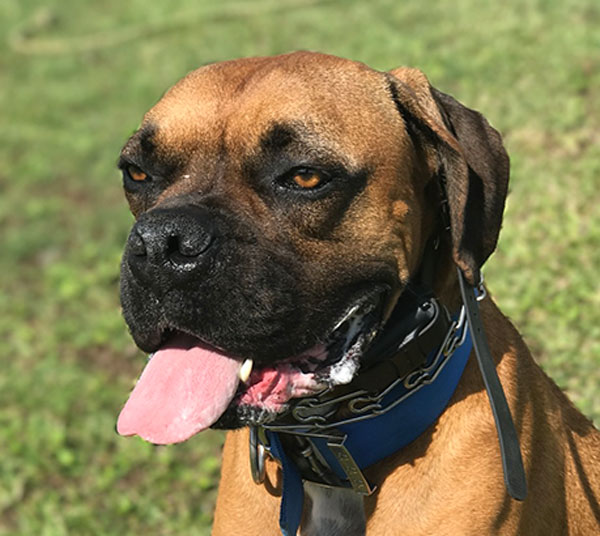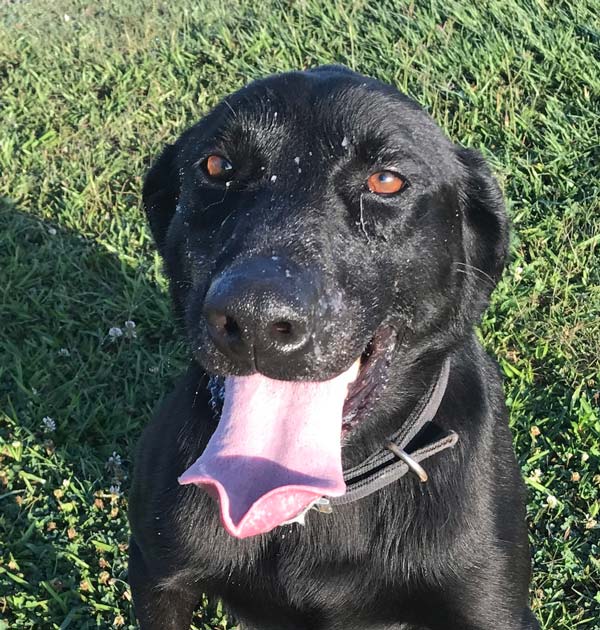It seems to me that the weather this year went from pleasant to smoking hot in about three days. One day I was wearing a light jacket in the morning and enjoying a nice cool breeze. The next day I find myself in moisture wicking performance wear preparing for a potential heat stroke. By the time I finish training the dogs, it looks like I have been sprayed with a water hose.
This hot weather apparently came as a surprise to the dogs as well. Most of the dogs still had their winter coats and have only recently began to shed. They have no doubt taken notice of the hot weather and their energy levels seems to decrease as the temperature increases.
Many people would say that the answer may be to simply not train dogs in the summertime. Maybe wait until the weather cools off. However, in South East Texas, it may not cool off until November. Dove season opens on the first of September followed by teal season a few weeks later. If your dog has not trained in the summertime, there is no chance that he will have the endurance necessary to hunt in the early seasons. The bottom line is that Summer time training is a must.
Here are a few tips that will help you to make warm weather training more bearable and more effective.
1). Train in the coolest part of the day.
Early in the morning and late in the evening are the two prime times to train in SouthEast Texas. The temperature can be 20 degrees cooler than it is in the heat of the day. If you start at daylight you will be done early and you and your dog will escape the brutal heat of midday.
2). Train in the water.
Training in the water can be very helpful to your dog. Not only will this help him stay cool, but it is great practice for hunting since most ducks are shot over water. However, I want to caution you that all water is not cool. In the middle of the summertime, shallow water will be extremely warm. It will feel like a hot tub. Try to find deeper cooler water to train in but watch out for gators.
3). Keep water available for your dog to drink.
This one is simple. You get thirsty when you work outside. So does your dog. A little preparation goes a long way. Make sure you pup has plenty of cool clean water to drink.
4). Provide plenty of shade and ventilation
If your dog stays outside, make sure he is in a place that stays cool through the day as the position of the sun changes.
Pay attention to the warning signs!
The number one way to gauge how your dog is handling the heat is to pay attention to its tongue. Remember that a dog doesn’t sweat. His tongue is his main way to keep cool. A dog’s tongue will present several different looks. The first look is when the tongue is in his mouth and the dog isn’t panting at all. In this stage he is as cool as a cucumber. There is no concern of overheating. As the dog begins to get a little warmer, he will begin to breathe heavier. His tongue will expand and the panting will become obvious. Although his tongue is obviously wider, he still has full control of the tongue. This means that your dog is heating up, but everything is functioning as it should.

Notice how the tongue appears in this picture. Noticeably wider and longer but still in control and in the center of the dogs mouth.
It is best if you can finish your training while your dog is still in this phase.
If your dog continues in the heat then he will likely progress to the next phase. This is when the tongue gets much wider, much longer, and it begins to hang to the side. The dog no longer has control of his tongue at this point. His panting gets out of control and he is border line in trouble. If your dog gets to this point then STOP IMMEDIATELy and cool him down. Don’t be stubborn and continue to push him. Instead, place him near the air conditioner or run cool water on his belly. Make sure to keep an eye on him until his breathing and tongue size return to normal.
Notice how the tongue is wider than the dog in the 1st picture. It hasn’t gone to the side and out of control at this point but it is headed in that direction. Once a dog gets to this point we stop training and let them cool off.

Unfortunately this is the last warning sign you will see before the onset of heat stroke. Next your dog will become unstable or wobbly. Without medical attention death or serious injury is likely to follow. Dogs, just like humans, die every year due to heat stroke. However by simply taking precaution and using a little common sense this can be completely avoided.
Follow these guidelines and always remember that if you or your dog are getting over heated it’s time to call it quits and cool off. Be smart and live to train another day.
Some how and some way, God put something inside of our bodies to tell us when enough is enough…. all we have to do is listen!





